Problem Summary
Artisanal and Small-Scale Mining
Artisanal and small-scale gold mining (ASGM) is a critical source of livelihood for an estimated 15+ million people worldwide and accounts for an estimated 15–20% of gold sourced globally. This gold is used in electronics, jewelry, and other consumer products. ASGM operations are often labor intensive, low-tech, receive limited investment, and in the Amazon basin, frequently occur in rivers and floodplains. While ASGM generates wealth and supports livelihoods in the Amazon, it can have significant negative impacts on development, and human and environmental security. Many consumers do not understand the full environmental and/or social cost of ASGM gold production, and tracing the gold supply or identifying responsible sources of gold remains challenging for buyers and businesses.
ASGM practices can cause habitat loss, species’ population decline, poor water quality, hydrological changes, and negative human health and livelihood impacts for miners and surrounding communities. ASGM is one of the fastest growing drivers of deforestation in the Amazon region, which is a leading cause of global biodiversity loss. Mercury, a toxic heavy metal, is still commonly used by artisanal and small-scale gold miners as part of the mining process with little to no safety protocols or emission reduction protocols. ASGM accounts for almost 38% of global mercury emissions into terrestrial and freshwater environments (1), the number one source of human-caused mercury emissions in the world. Mercury is an important global environmental contaminant, with toxicity well-established for aquatic and terrestrial organisms -- including humans. People living near ASGM sites are exposed to mercury concentrations up to ten times the international standard (2). In humans, elevated mercury exposure can lead to neurological and nervous system health issues, particularly for children, women of child bearing age, and other vulnerable populations.
The ASGM sector is weakly regulated in most countries in the Amazon region and is frequently informal. In certain areas, ASGM is illegal and can contribute to reinforcing criminal networks involved in the trafficking of weapons, drugs, people, and wildlife -- undermining the rule of law. Informality in ASGM poses problems and risks for most stakeholders, including governments, development organizations, the environment, downstream communities, indigenous peoples, and ASGM miners themselves. Participating in the formal economy and complying with existing regulations can be cumbersome, costly, time-consuming, and confusing for miners, creating significant barriers for inclusion in established value chains. Without formalization, there is no legal and regulatory infrastructure to protect workers, ensure environmental and social safeguards, and offer resources for legally compliant mining.
(1) UN Environment Programme. Global Mercury Assessment 2018. https://www.unep.org/resources/publication/global-mercury-assessment-2018.
(2) World Health Organization (2013) Mercury Exposure and Health Impacts among Individuals in the Artisanal and Small-Scale Gold Mining (ASGM) Community. www.who.int/ipcs/assessment/public_health/mercury_asgm.pdf.
Want to innovate? Dive deep into the problems and potential solutions for:
